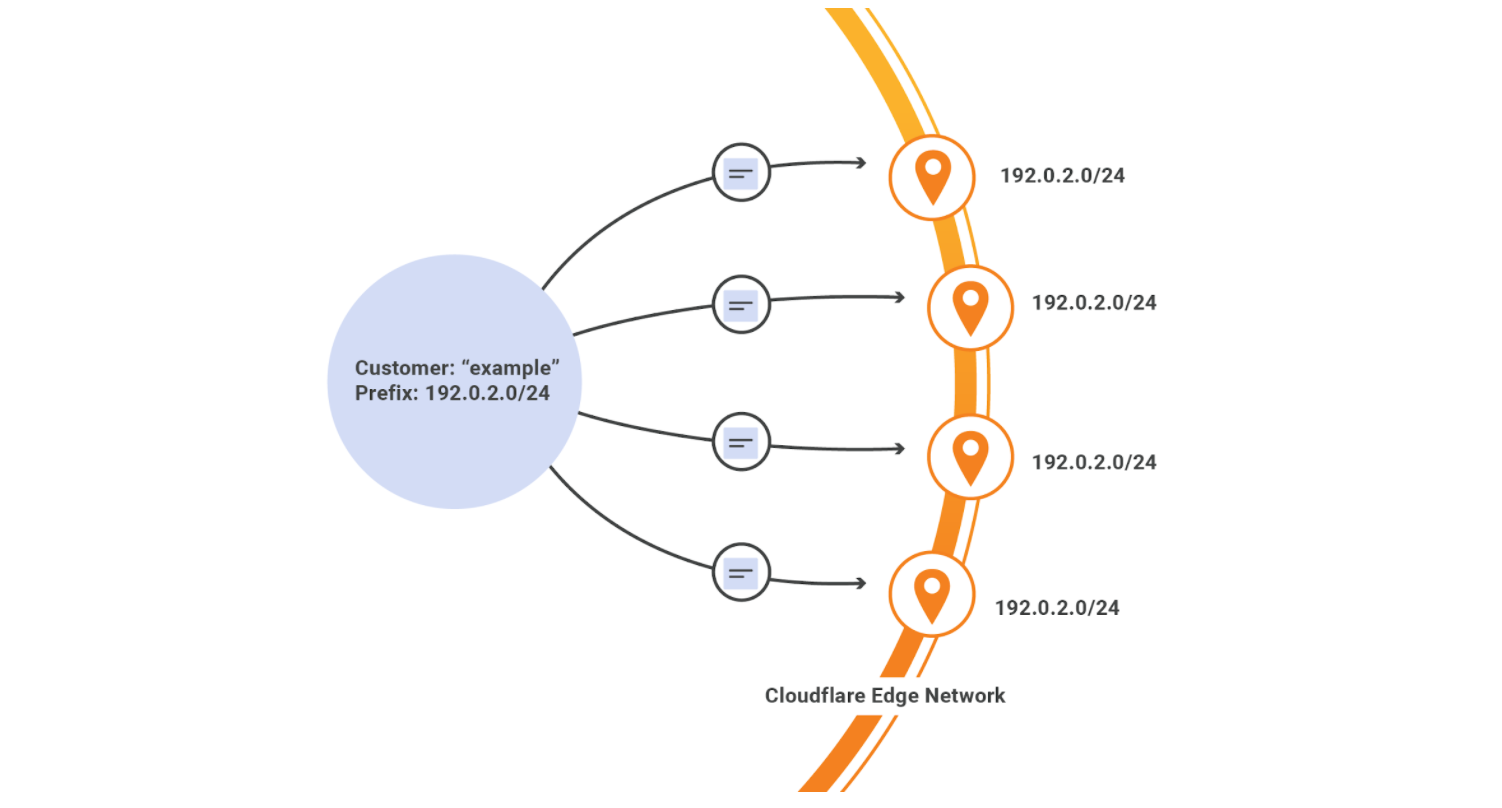Docker Index: Dramatic Growth in Docker Usage Affirms the Continued Rising Power of Developers
Developers have always been an integral part of business innovation and transformation. With the massive increase in Docker usage, we can see the continued rising importance of developers as they create the next generation of cloud native applications.
You may recall in February we introduced the Docker Index, which gives a snapshot and analysis of developer and dev team preferences and trends based on anonymized data from 5 million Docker Hub users, 2 million Docker Desktop users and countless other developers engaging with content on Docker Hub.
According to a newly updated Docker Index, the eight months between November 2019 and July 2020 have seen a dramatic swell in consumption across the Docker community and ecosystem. How exactly is usage expanding? Let us count the ways.
Last November, there were 130 billion pulls on Docker Hub. That seemed worth talking about, so we shared this data in a blog in February. But since then consumption of the world’s most popular repository for application components (Docker Hub lest there be any doubt) has skyrocketed; in July, total pulls on Docker Hub reached 242 billion. That’s almost a doubling of pulls in a little over six months. (To be Continue reading










